The Federal Aviation Administration (FAA) is advancing drone integration by testing cutting-edge detection technologies near Santa Teresa, New Mexico, from June 16-27, 2025. This initiative, the third in a series of off-Airport evaluations, aims to ensure these systems can identify unauthorized drones without disrupting aircraft navigation, addressing the growing challenge of over 100 monthly drone sightings near U.S. airports, according to the FAA.
Testing in Harsh Conditions
Conducted in New Mexico‘s hot, arid desert near the Doña Ana County International Jetport, the tests leverage the region’s climate to challenge detection systems under extreme conditions. The FAA, alongside the Center of Excellence for UAS Research (ASSURE), U.S. Customs and Border Protection, and local First Responders, will operate several large drones and approximately 100 commercial off-the-shelf models. Testing occurs weekdays during daylight hours over the desert and near the former Rio Grande Speedway, covering roughly 2 miles of terrain. The FAA has urged recreational pilots to avoid flying drones in this area during the testing period to prevent interference.
Technology and Safety Focus
The FAA’s goal is to evaluate whether detection systems can reliably identify drones while ensuring no disruption to FAA or aircraft navigation systems.
“As we continue to safely integrate drones into our national airspace, the FAA is testing drone detection technologies in New Mexico. This is the third in a series of tests in different states to determine the effectiveness of the technologies and if they can interfere with aircraft navigation systems. Working hand-in-hand alongside our state and local first responders, @CBP and @DACinformation, together we are shaping the future of aviation together,” said FAA Acting Administrator Chris Rocheleau on X.
This follows successful tests in Alaska and Cape May, New Jersey, with further evaluations planned for North Dakota and Mississippi later in 2025. These off-airport tests build on prior airport-based trials, reflecting the FAA’s commitment to adapting detection technologies for diverse environments.
The systems under scrutiny must detect drones accurately without emitting signals that could interfere with critical aviation infrastructure. This is vital, as the FAA reports that unauthorized drone operations near airports pose significant safety risks and are illegal. The agency’s March 2023 UAS Detection and Mitigation Systems Aviation Rulemaking Committee provided 46 recommendations, many of which have been integrated into these tests to ensure compatibility with the National Airspace System.
Implications for Drone Operators
For professional and recreational drone pilots, these tests signal a push toward stricter airspace management. Reliable detection systems could lead to enhanced enforcement against unauthorized flights, potentially reducing incidents near airports. However, operators may face increased regulatory scrutiny and restricted access to certain areas during testing periods. Economically, the development of robust detection technologies could spur growth in the drone security sector, creating opportunities for manufacturers and service providers.
The FAA’s collaboration with state and local first responders also highlights the role of community-level coordination in managing drone activity. As detection systems improve, pilots may benefit from clearer guidelines and safer shared airspace, though they must stay informed about temporary restrictions, like those in Santa Teresa.
Looking Ahead
The FAA’s ongoing testing reflects a proactive approach to balancing drone innovation with aviation safety. By refining detection technologies in varied climates and terrains, the agency aims to create a framework that supports both commercial drone growth and public safety. Drone professionals and enthusiasts should monitor updates from the FAA, particularly as additional tests in 2025 could shape future regulations. B-roll footage from the New Mexico tests, available the week of June 23, may offer further insights into the technologies being evaluated.

Photos courtesy of FAA
Discover more from DroneXL.co
Subscribe to get the latest posts sent to your email.

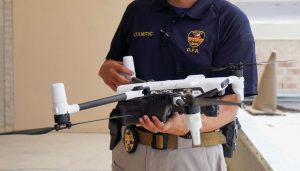


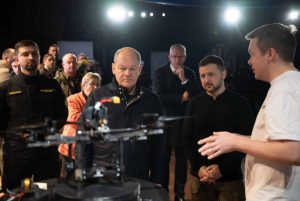

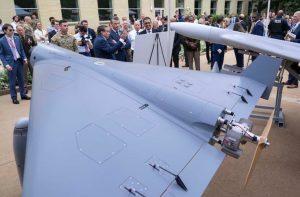
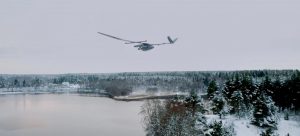


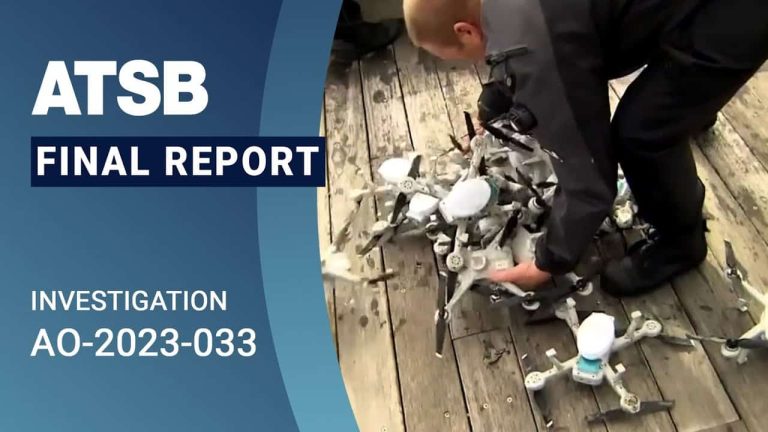

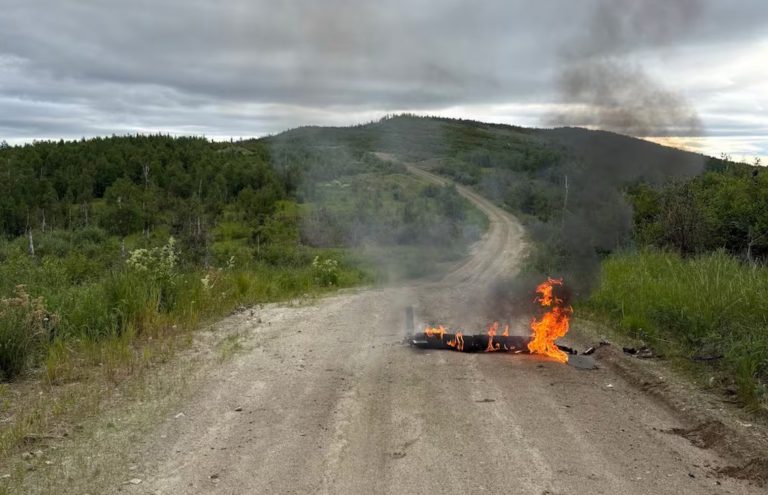
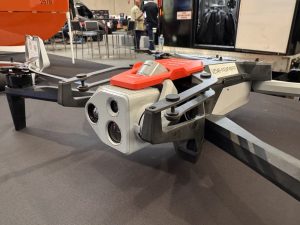
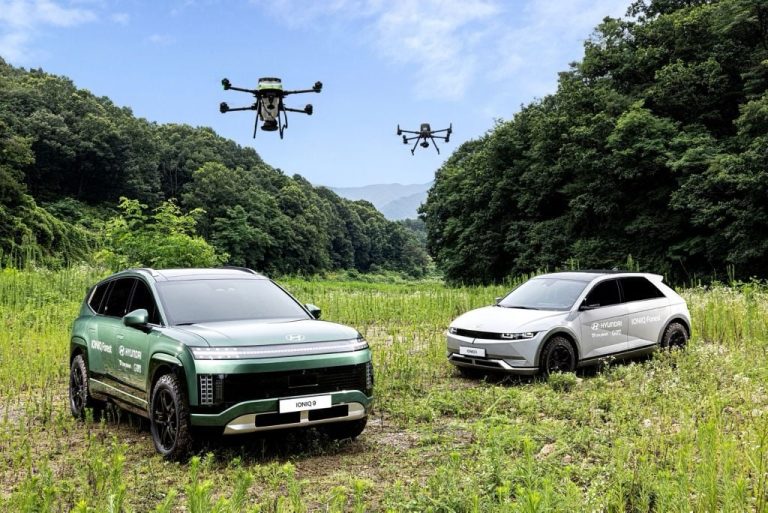
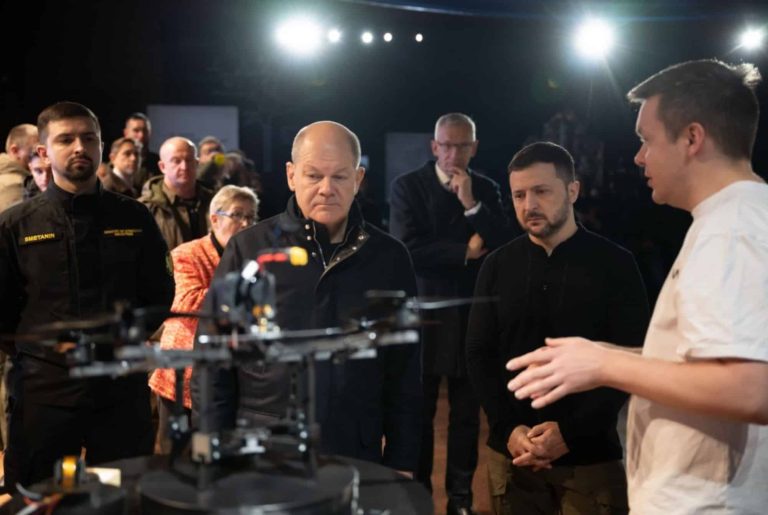
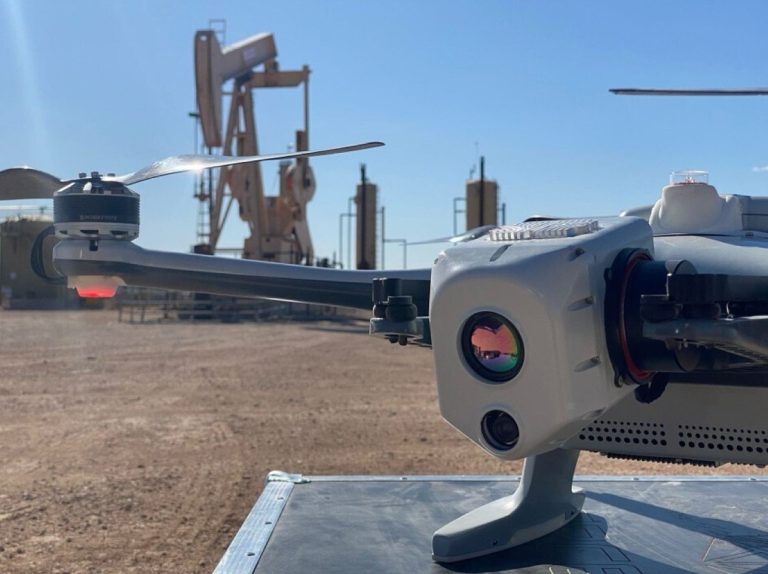

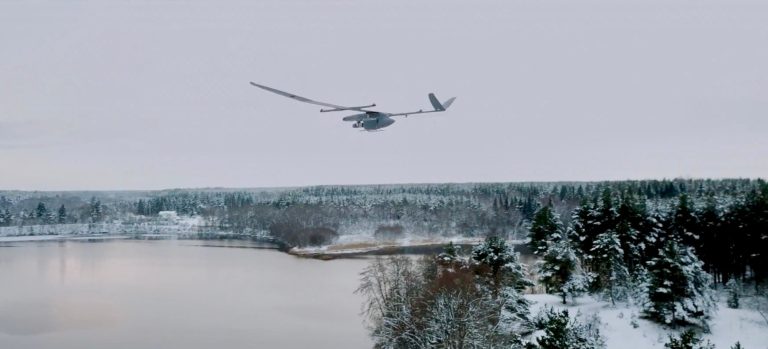
+ There are no comments
Add yours